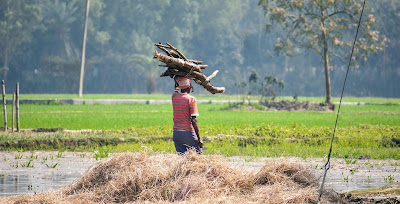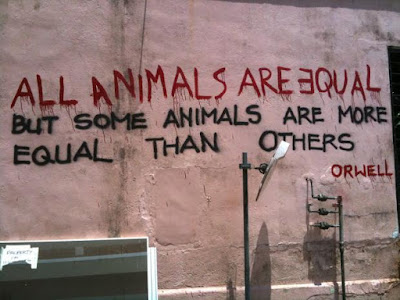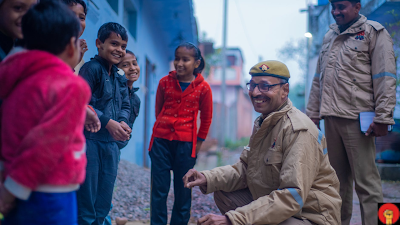या अमरावती खेड्यातील शेतकरी त्यांच्या नशिबाची वाट धरतात

नांदगाव पेठ गाव (अमरावती जिल्हा) येथील एका शेतक याशी माझ्या मुलाखतीत, त्यांनी मला त्यांच्या शेतात वीजपुरवठा, प्रधानमंत्री फसल विमा योजना, नुकसान भरपाईच्या यंत्रणेचे खाजगीकरण, श्रीमंत-बड्या शेतकर्यांचे एकत्रिकरण यासारख्या समस्या उपस्थित केल्या. प्रतिनिधी हेतू (Photo by Nandhu Kumar on Unsplash) नुकसान भरपाई यंत्रणेचे खाजगीकरण तुषार कापडे या विद्यार्थी-शेतक नांदगाव पेठ गावात भरपाई यंत्रणा कशी चालते हे सांगितले. कोणत्याही अभूतपूर्व आपत्तींपासून त्यांचे पीक सुरक्षित करण्यासाठी शेतक विमा कंपनीकडे काही वार्षिक प्रीमियम भरला आहे. प्रीमियम कागदपत्रात नमूद केलेल्या कारणांमुळे जेव्हा पीक खराब होते तेव्हा काही विशिष्ट भरपाईसाठी शेतकरी पात्र असतो. तुषार पुढे स्पष्टीकरण देतात की नुकसान भरपाईच्या निवारणासाठी एखाद्या शेतक साठी ही प्रक्रिया नीटनेटके आहे आणि गावातील बहुतेक शेतक कडे माहिती नसते. विमा कंपनीने नियुक्त केलेला अधिकारी भरपाईची रक्कम निकाली काढण्यास मदत करतो विमा कंपनीने नियुक्त केलेला अधिकारी नुकसान भरपाईची पूर्तता करण्यात मदत करतो जेव्हा तुषारने आपल्या गावातील प्रभारी अधिका पर्यंत पोहोचण्य





